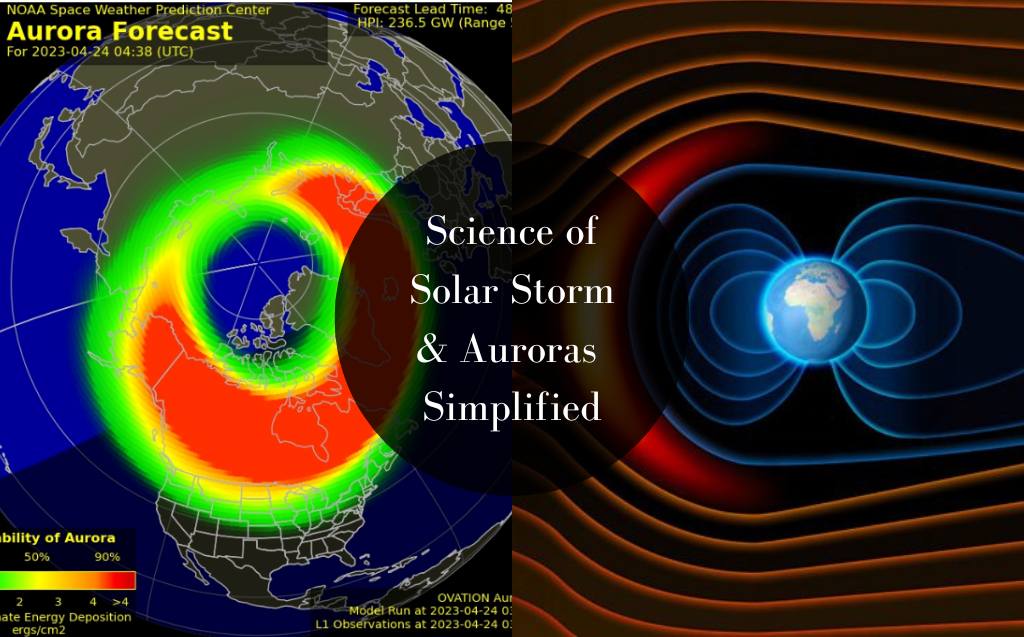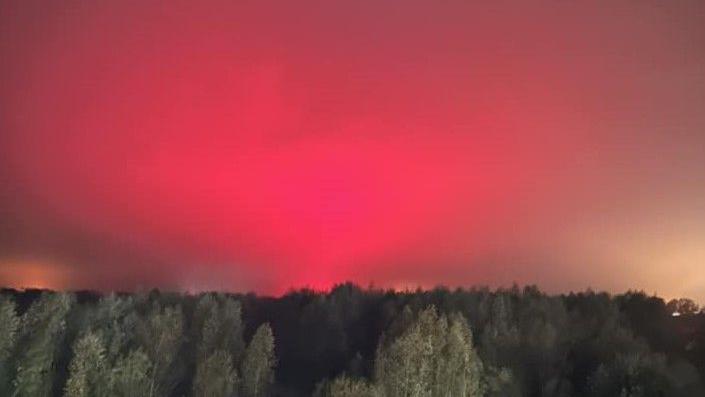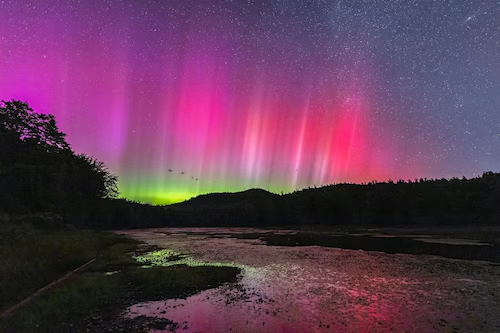November Northern Lights: A Rare Spectacle Across U.S. Skies
In an exciting celestial event, the National Oceanic and Atmospheric Administration (NOAA) has forecasted that the northern lights, or aurora borealis, will be visible across parts of the United States starting from November 7, 2024. This natural phenomenon, usually associated with polar regions, is set to paint the skies with vibrant colors due to a minor geomagnetic storm.
Why Are the Northern Lights Visible This Month?
NOAA attributes this month’s light show to a geomagnetic disturbance. Solar flares from the sun interact with Earth’s magnetic field, causing colorful lights in the sky, a spectacle known as the aurora borealis. On November 4, NOAA issued a minor geomagnetic storm watch (G1), predicting manageable effects but noting that auroras might become visible in specific regions across the U.S.
On November 6, NOAA recorded a significant solar flare (R3) at 8:40 a.m. ET. While flares of this scale are not uncommon, their impact on Earth’s magnetosphere can vary. This flare has contributed to increased geomagnetic activity, making auroras possible in areas much further south than usual.
Where Can You See the Northern Lights?
The best locations for viewing are typically in Alaska, but this event brings an opportunity for many states across the U.S. to experience the phenomenon. According to NOAA’s forecast, states in the northern part of the country have a higher chance of catching a glimpse of the lights. Washington, Montana, Idaho, North Dakota, Minnesota, and Michigan are all expected to have good visibility. States like South Dakota, Wisconsin, and Maine may also be able to see the lights, though with slightly lower likelihood.
Northern lights sightings in the U.S. are rare, especially in more southern regions, due to their usual restriction to high latitudes. However, several states, including New York and New Jersey, were treated to an aurora display as recently as October, as geomagnetic storms have become slightly more frequent in recent months.
Best Time and Tips for Viewing
The optimal viewing times depend on the time zone. NOAA suggests between 7-10 p.m. EST, 6-9 p.m. CST, 5-8 p.m. MST, and 4-7 p.m. PST. Clear skies are essential for visibility, so checking weather conditions in your area is recommended. The display intensity also varies with the geomagnetic storm’s strength; this one has a Kp index of 5 on NOAA’s scale, which is strong enough to produce striking auroras, but likely won’t result in an extreme event.
As with most celestial events, the best way to view the northern lights is without any technological aid. However, some people may want to capture this rare sight with a smartphone. Using “Night Mode” on a camera can help capture the lights, even when they’re faint to the naked eye. For enhanced results, use a tripod to keep the camera steady and apps designed for low-light photography.
What Makes This Aurora Season Unique?
This year’s aurora season has been marked by some unusual events, including several geomagnetic storms strong enough to produce visible auroras across North America. The last time a storm of similar magnitude occurred was during the Halloween storms in 2003, marking this as a significant celestial occurrence.
In a stroke of good fortune for sky watchers, the moon will be in a waxing crescent phase on November 7, reducing the likelihood of moonlight interference with the aurora’s colors. The next full moon isn’t until November 15, allowing for darker skies that are ideal for viewing.
For those lucky enough to witness this display, it’s a reminder of nature’s beauty, visible without any need to travel to remote, northern destinations. Keep an eye on NOAA’s updates and make sure to check the weather for clear skies—this may be a once-in-a-lifetime chance to see the northern lights from the comfort of your backyard.


